Mountain bike tech shows no sign of slowing down in 2023. For better or – as we’ll find out – worse, bike brands and component manufacturers are looking for ever-new ways to push the envelope when it comes to tech.
With January rattling along apace, it’s time for our mountain bike tech team to dust off their crystal balls and make their predictions for 2023.
From smart suspension and a post-Covid downturn, to Shimano’s return to the top table and cable-routing headaches, here are the tech trends that will define that year ahead.
Read on for Rob, Tom, Alex, Luke and Will’s predictions – or listen to the full podcast below.
We'll also be bringing you our road and gravel predictions over the course of the next week.
Rob Weaver | Suspension gets even smarter
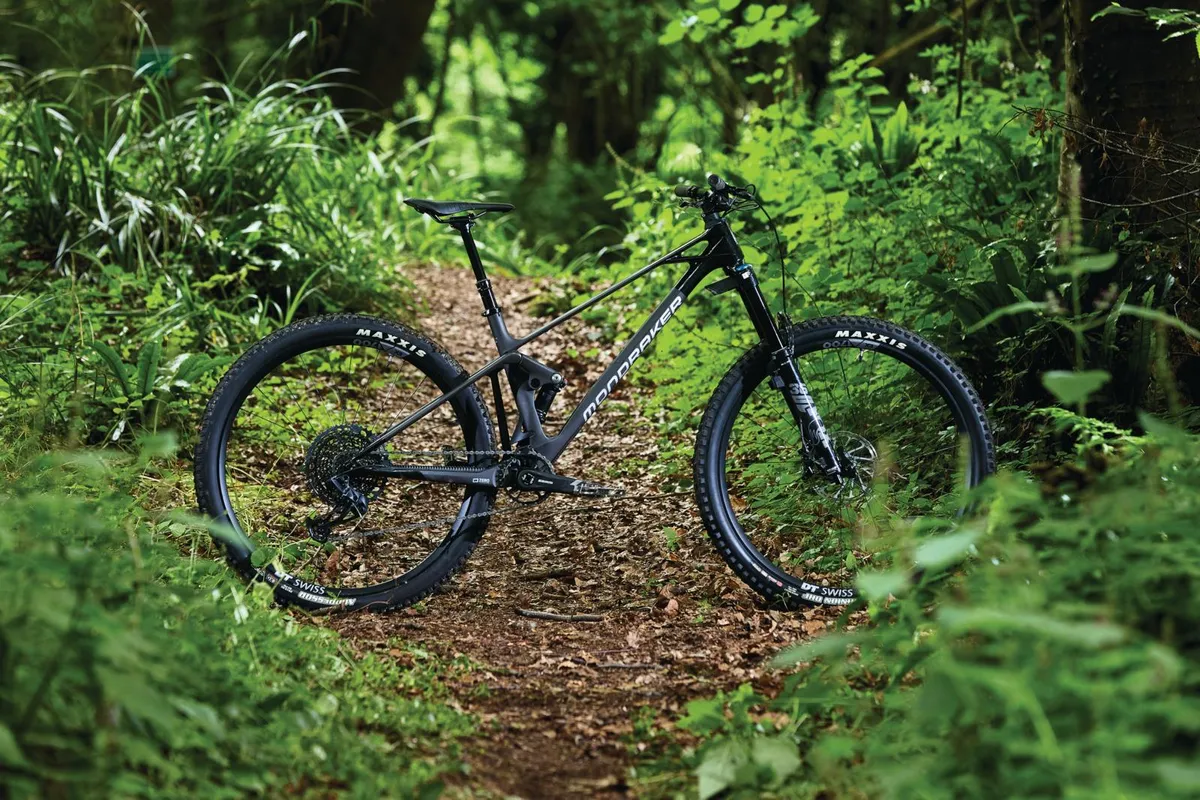
We’ve seen an influx of electronic suspension gadgetry over the last couple of years – and we’re only going to get more in the future.
While downhill racers continue to use data acquisition and telemetry equipment more than ever to optimise their suspension setups, the tech is now going mainstream, too.
Take Mondraker’s integrated MIND Telemetry system, which launched in 2021 and features on a number of the brand’s bikes, including the Raze trail bike.
While our initial experiences of the system have been decent, there’s room for improvement and, from what we understand, Mondraker is working hard to make this happen, providing more data for the rider to really help tune their forks and shocks.
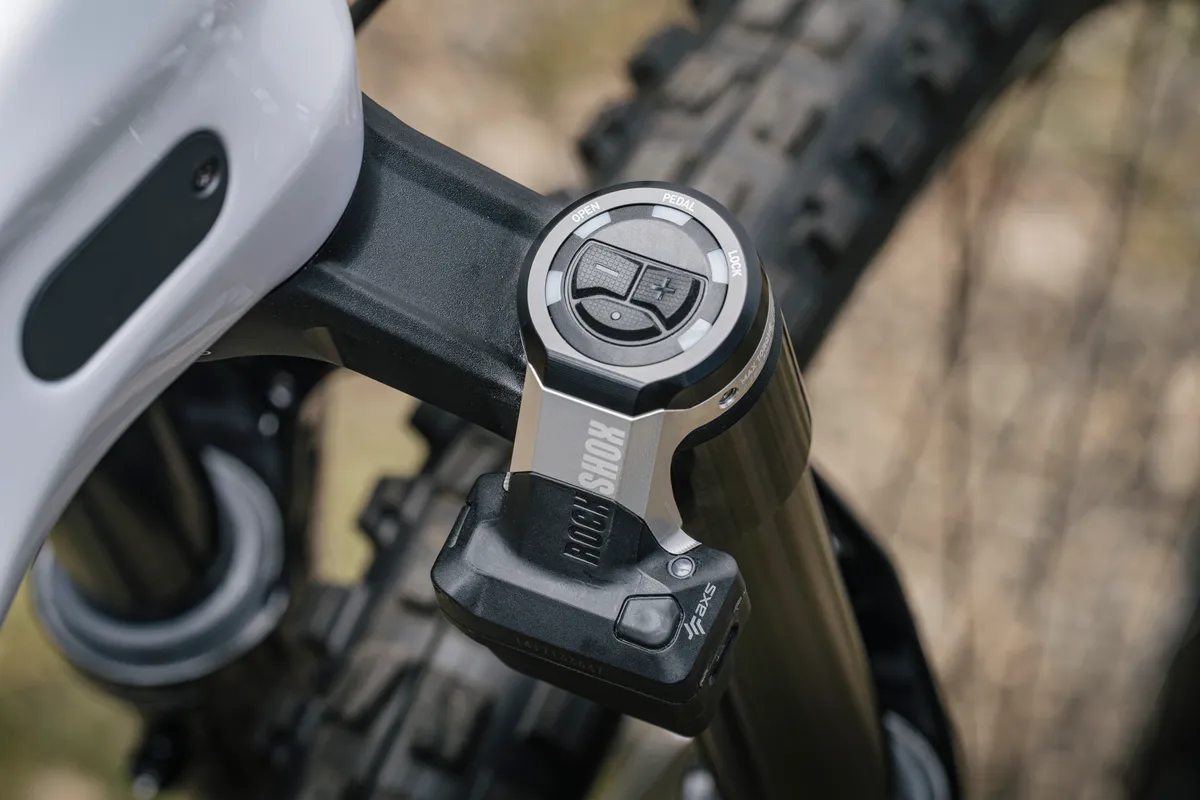
And, of course, I need to mention automated suspension control systems. RockShox has had the Flight Attendant system on the market for some time – it’s available as an upgrade now, too – and it’s fair to say Fox’s Live Valve looks a little dated in comparison.
However, the bushy-tailed brand has been busy working on its own wireless system, even having it raced under the 2022 enduro world champion, Jesse Melamed, at select rounds of the Enduro World Series last year.
The new system only alters shock settings (Live Valve and Flight Attendant both alter the fork and shock’s compression settings), uses a remote to toggle through settings and doesn’t have any wires.
The sensors are also mounted at the brake mounts. I’ve a feeling we’ll see even more of this at races this year, and it’s great to see more innovation coming from RockShox’s toughest sparring partner.
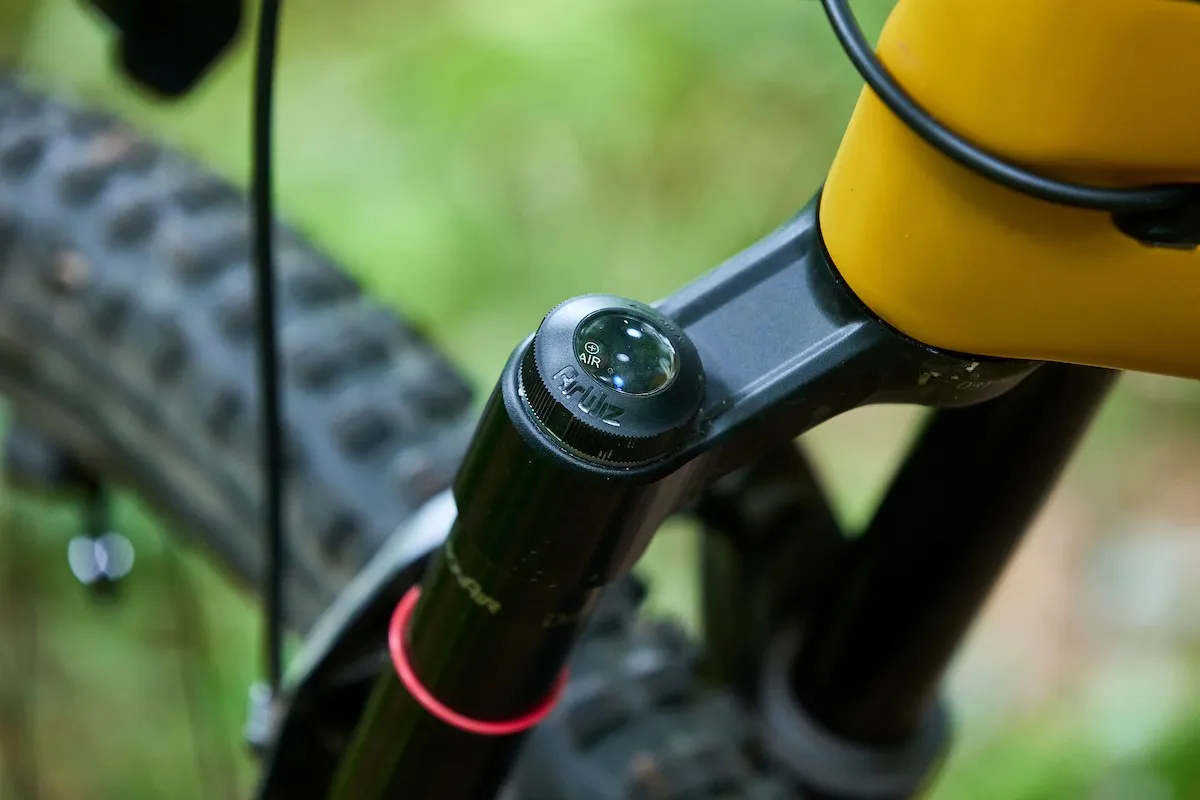
Finally, there have been a number of Trek bikes using the RockShox AirWiz system on their forks and shocks, such as the Trek Fuel EXe 9.9 XX1 AXS. This is designed to monitor air spring pressure, which is handy – but that’s about it.
I’d wager on the functionality of AirWiz expanding to help improve suspension setup, just as the RockShox ShockWiz does now.
While this is all very exciting for suspension nerds, it’s no doubt expensive. But don’t worry, even if your fork or shock doesn’t come with batteries in 2023, suspension tech continues to improve across the board, so it’ll more than likely work better than ever.
Tom Marvin | Can brands survive the post-Covid slump?

While silver linings from the Covid pandemic were clearly few and far between, the freedom and fresh air granted by the bicycle meant initial predictions of catastrophe in the industry were largely dodged.
Bike sales, both new and second-hand, went through the roof, as did purchases of components and accessories. Have you tried getting hold of a chain over the past couple of years?
Brands and shops seemed to sell everything they had with little need to discount. As a result, they ordered more and more inventory from their suppliers – whether that be in the manufacturing supply chain or from global headquarters.
With restrictions in place around the world and, in particular, in China, with its Zero-Covid policy, immense pressure was put upon the bicycle supply chain, and many brands faced delays and vastly increased lead times.
While the latter part of 2022 saw these pressures abate, they’re not solved – ebike motors being a particular sticking point, still.
This, unsurprisingly, has all had a long-term impact.
Brands and distributors who grew their order books to meet demand are now facing a slump in sales, thanks to the global economic crash. Simply put, the general public are now buying fewer bikes, and fewer items of kit to wear.
However, those boom-time orders are still being fulfilled.
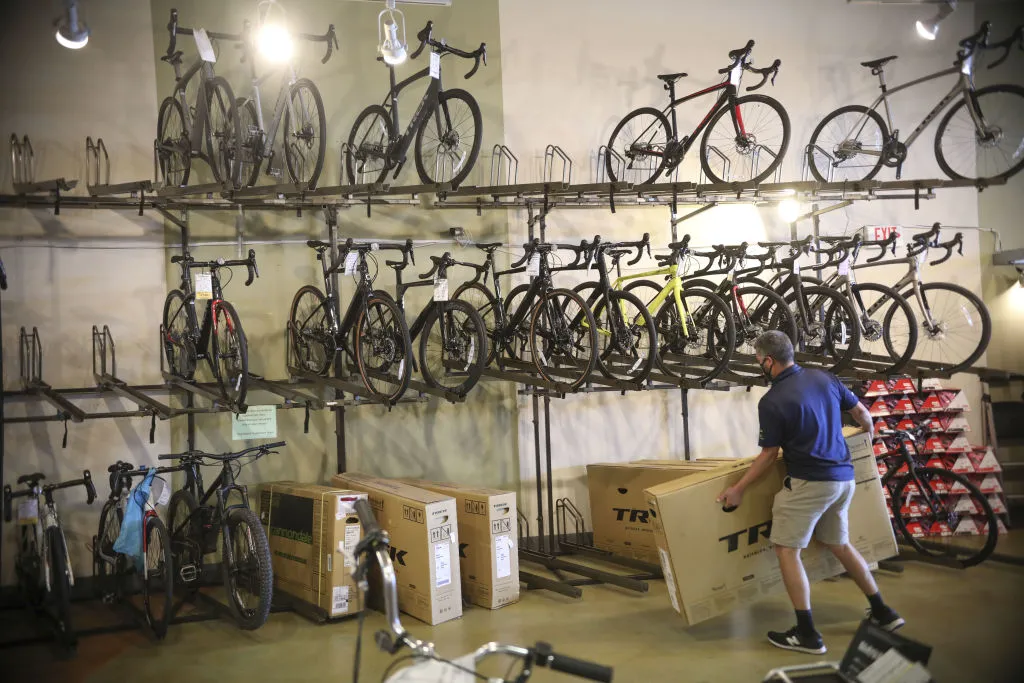
Components are finally (in some cases, at least) being delivered to brands and bikes are landing on shop floors. Elsewhere, big bottlenecks continue to exist, and payments to suppliers still need to be made (or, on the flip side, long-standing orders fulfilled).
The result, for parts of the market, is a shortfall in cash or liquidity, and over-stocking into a market far less buoyant than it was.
We’re starting to see brands discounting heavily, and hear rumours of other brands facing difficulties on their balance sheets.
Sadly, things are unlikely to improve any time soon.
I expect to see a number of brands, distributors and shops go under this year.
The biggest brands are likely to survive – their buying and manufacturing power, reputation, capital and scale in the market will keep them safe.
Some small brands, able to capitalise on their agility, may also manage to thrive, picking up components and stock from non-traditional sources, and quickly adjusting their model ranges to suit availability, demand and pricing.
But I fear for the mid-sized brands – stuck in rigid supply chains, but without the muscle to ensure their presence is protected.
Alex Evans | Shimano faces off with SRAM with the launch of a new groupset

Shimano was the first big drivetrain manufacturer to bring electronic shifting to mountain bikes, way back in 2014, with the release of XTR M9050 Di2, but plenty has changed since then.
Shimano’s groupset nemesis, SRAM, has been the driving force there, and moved the goalposts when its Eagle AXS drivetrains debuted in 2019. The wireless groupset, whereby the derailleur and shifter have their own rechargeable batteries, addressed many of the criticisms of Di2’s wired setup and in-frame battery.
Of course, Shimano hasn’t sat on its laurels entirely, and 2022 marked the launch of the Japanese company’s first all-new Di2 MTB groupset in eight years.
Taking the shape of an eMTB-specific group, XT M8150 Di2 supports automatic shifting capabilities when connected to one of Shimano’s latest ebike motors, the EP6 and EP801, but still needs wires for power and connectivity.
Where does this leave Shimano, then? Clearly, when it comes to mountain bikes, Di2 is in need of broader modernisation, even if that’s just to keep pace with SRAM’s current-generation AXS systems.

So when will we finally see an updated electronic groupset from Shimano? Well, if the brand’s track record of launching products is anything to go by, we might still be waiting a while, but that’s not to say something isn’t in the pipeline.
I would be very surprised if Shimano isn't working on a new wireless, electronic version of the halo XTR groupset.
Shimano’s hand could even be forced by bike brands laying their own tracks to reduce cables.
We’re seeing the gradual demise of cable ports on mid-to-high-end frames, with bike manufacturers eyeing up the end of wired or cabled systems altogether by removing the option to connect shifter and derailleur.
Headset-routed cables may be the necessary evil that comes in the interim, designed to make next-gen, cable-free bikes compatible with the current-gen shifting technology.
Perhaps once Shimano is up to speed with wireless shifting, the removal of cable ports will make sense, or even speed up industry-wide electrification.
It could be that broader wireless electronic shifting is just around the corner, and bike brands are readying themselves for the move.
Either way, the end result of fewer cables to route through a bike is a win, and long may it continue.
Luke Marshall | New race formats will make enduro bikes more aggressive

With the Enduro World Series now being integrated into the UCI's World Cup structure, now known as the Enduro World Cup, resultant changes to the race format have the potential to impact upon bike design.
For UCI regulations, an enduro race can only be a one-day event to allow for a one-day World Championships event, with the inaugural race coming in 2024 for enduro (brace yourselves, the rainbow stripes are coming!).
As a result, all Enduro World Cup races will be one-day competitions from this year forward. Gone are the traditions of long loops over multiple days. This may also help with broadcasting of the event, with Discovery Sports coming on board.
All of this has the potential for brands to make the best enduro bikes even more capable on the descents. Sure, races won't be easy, and venues such as Finale Ligure continue to host punishing courses with upwards of 2,000m of climbing.
However, one-day races, with the use of chairlifts where available, will emphasise bikes that can descend faster and reduce rider fatigue. Here, enduro bikes at the more extreme end of the spectrum may have an advantage over more conservative bikes that are better all-rounders.
With that in mind, I expect enduro bikes to become more downhill-bike and less trail-bike, with longer travel, bigger brakes, moderate weight and geometries that rival downhill.
Will Soffe | Internal struggles ahead
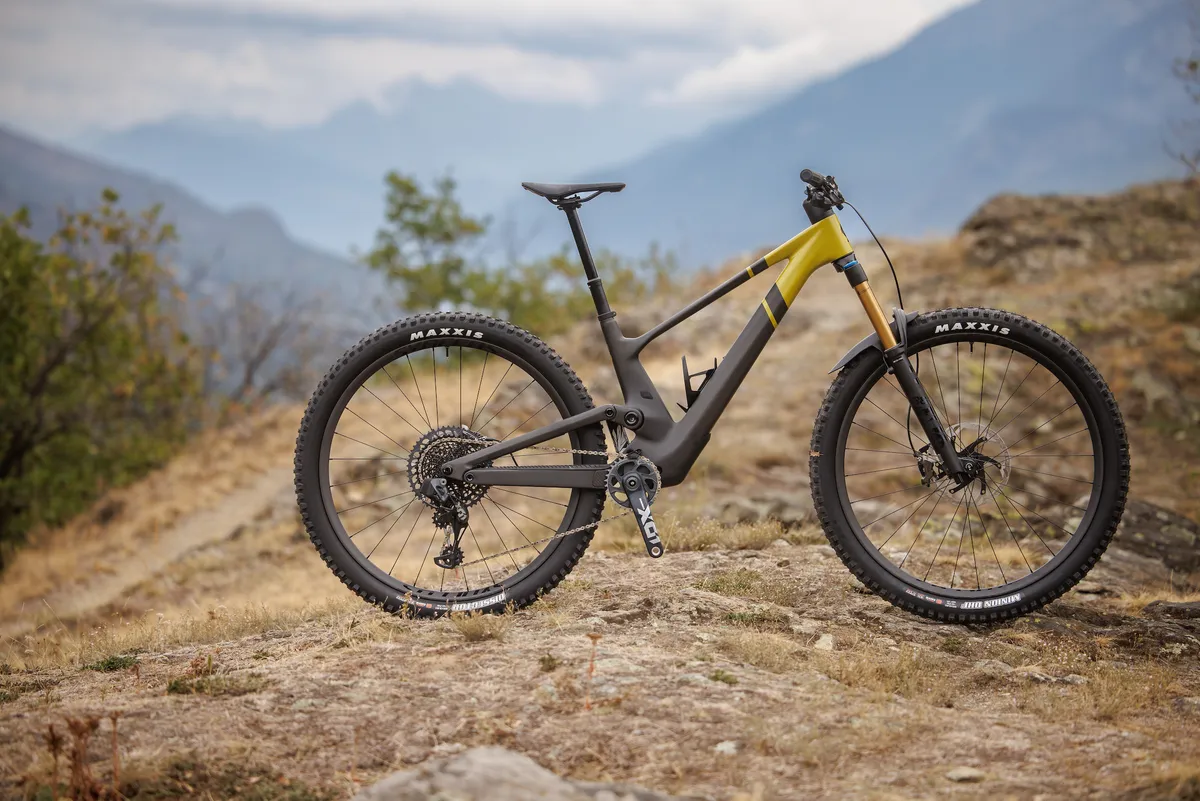
Internal cabling has been around for years, starting with bikes such as the original Mondraker Summum DH, designed in 2009 by Cesar Rojo (now owner of Unno bikes).
Since then, cable routing has become more complicated over the years, with an increasing number of wires for brands to hide, whether that be stealth droppers, lockouts or Di2 cables. And now, with the rise of ebikes, there’s a whole slew of additional cables to be hidden in ever-tighter spaces.
The big trend for 2023 looks to be internal headset cable routing where, as we’re starting to see on a growing number of mountain bikes (such as the new Scott Genius and Merida One Forty), the cables run in through the headset bearing to enter the frame.
If you keep an eye on the skinny-tyred world, you'll know this is nothing usual on road bikes. In fact, complex internal routing has become standard on road bikes even at the affordable end of the spectrum, much to our despair.
The benefits? Well, internally routing cables does result in a super clean-looking bike, which is easier to wash. There’s also no chance of your paintjob getting scuffed by flapping cables and you won’t snag yourself on exposed cable guides.
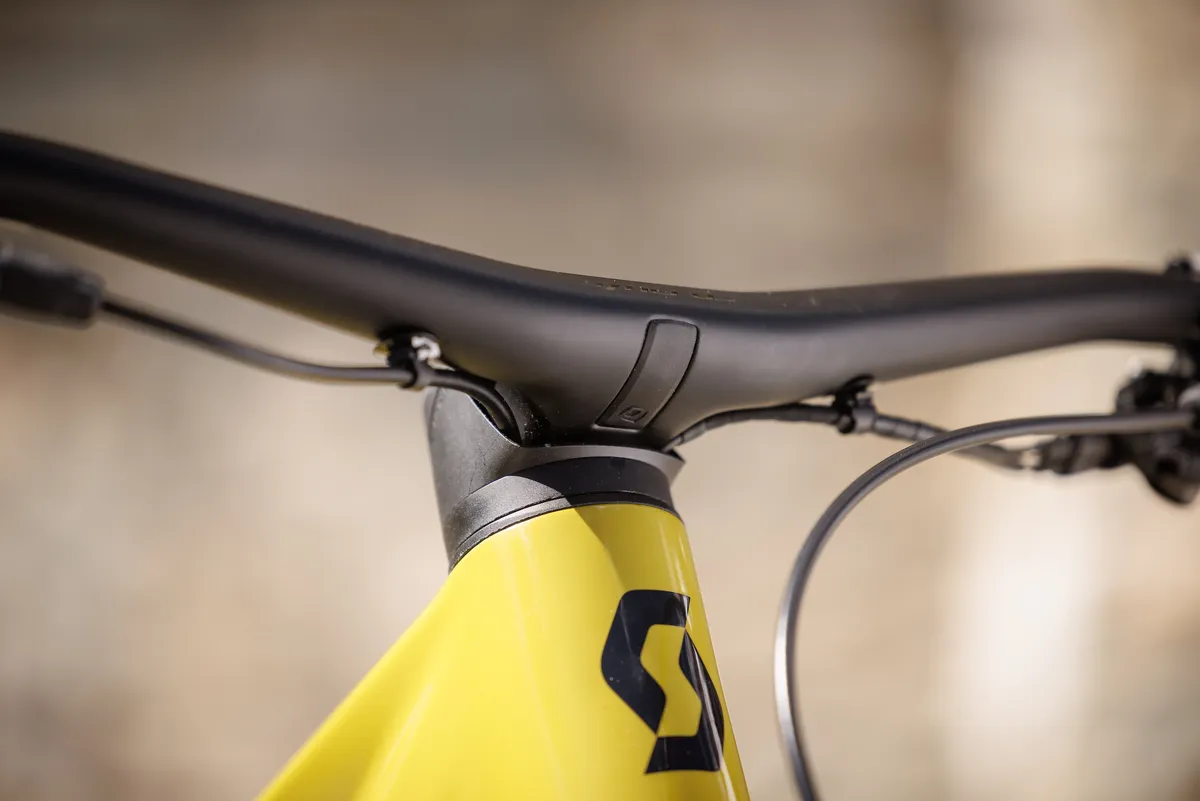
The purported aero benefit of hidden cables on a road bike hardly applies to the off-road world, unless you’re racing at the very sharp-end of cross-country.
And the downsides? The cost comes in the form of increased complexity and, therefore, the expense – and headache – of building and working on your bike.
With headset cable routing, changing a headset bearing means bleeding the rear brake and setting up your dropper and gears again.
Inevitably, that makes the bike more difficult to work on for home mechanics – simple jobs may now be out of reach for many fettlers. And, if you take your bike to a shop, it’s going to be more expensive as the bike spends longer in the workstand. More brake fluid, more labour costs and more biscuits for hungry mechanics.
There may be some beautifully sculpted bikes out there thanks to this trend for headset cable routing, but I’m a firm believer in keeping things simple.
Riders should be able to work on their bike quickly and easily, with less disassembly, fewer tools and less time spent. All that is far more important than clean-looking lines.
